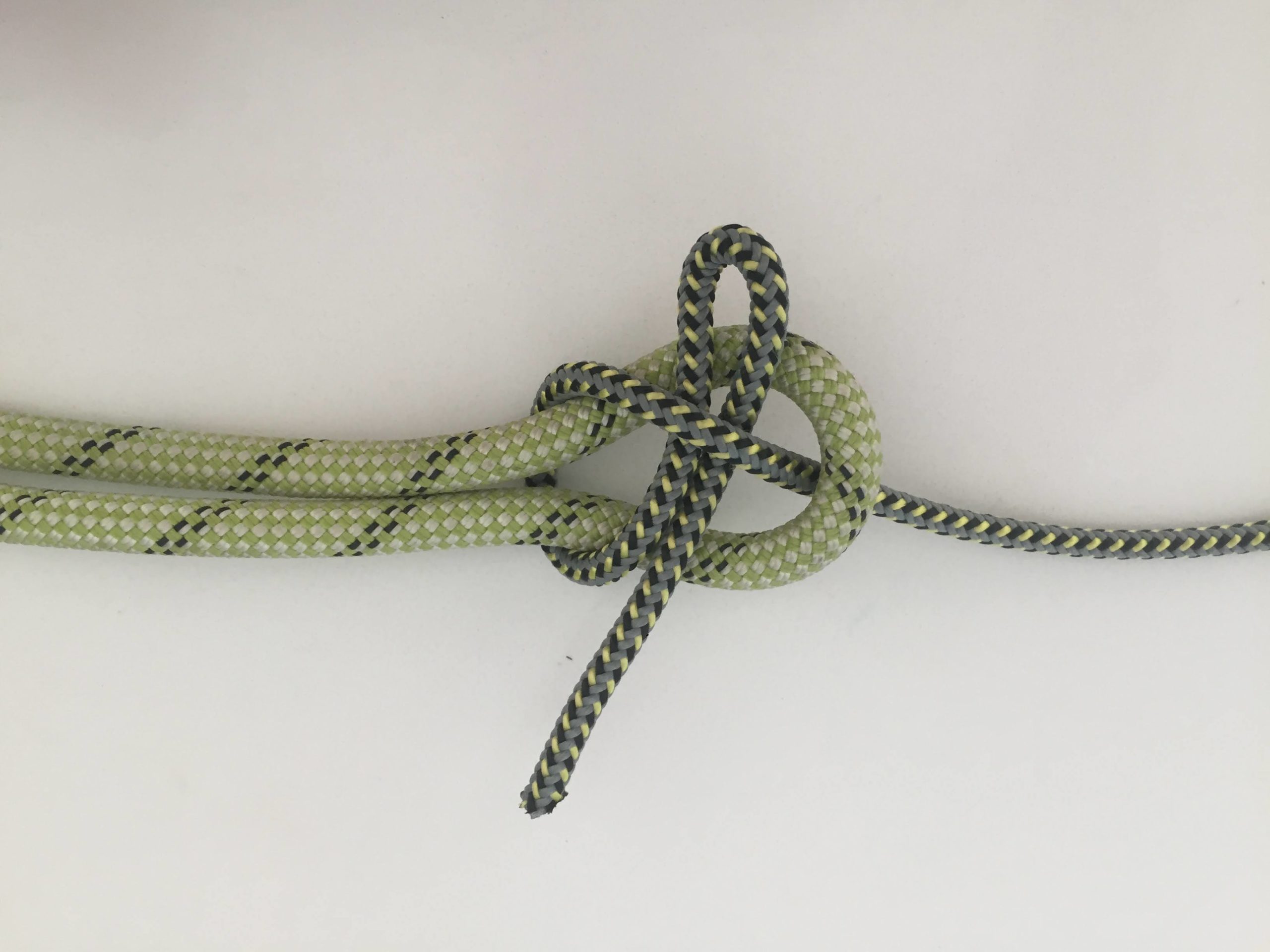Canada’s Arctic makes up ⅓ of the nation’s land mass and more than 50% of its coastline. It has been home to Inuit peoples for thousands of years, and they remain the permanent population of the Arctic. Although the Arctic is divided by many northerly nations including Russia, the United States, Nordic Europe, China; Canada continues to maintain its sovereignty over the Northwest passage and maintains various security and scientific endeavours in the area.
It is important to recognize the effects of former Canadian policies on the lives of Indigenous peoples. Current Canadian Arctic sovereignty does stem from unjust relocation policies of the 18th and 19th centuries, which were used as a method to enforce legitimacy in the North. In order to claim sovereignty, the country situated many Indigenous peoples in northern settlements for other nations to respect these territories as Canadian. As a result, many of these communities still face modern-day uncertainties due to their extreme latitude, including rampant food prices, low social mobility, and few economic opportunities. This is especially true in the Arctic Archipelago of Nunavut.
Another modern challenge in the North is climate change. Following the trend of warming climate and melting sea ice, there has been an increased ease in travel in the north, due to the formation of larger ‘polynyas’, or ice holes. This could facilitate foreign illegal fishing or drilling in the Canadian North, as well as declining Arctic life which depends on solid ice for habitation.
As a country which takes pride in proclaiming “the true North, strong and free”, it is essential that we educate ourselves about the sacrifices made to maintain our Arctic sovereignty, and acknowledge the modern-day challenges in our northern communities.



